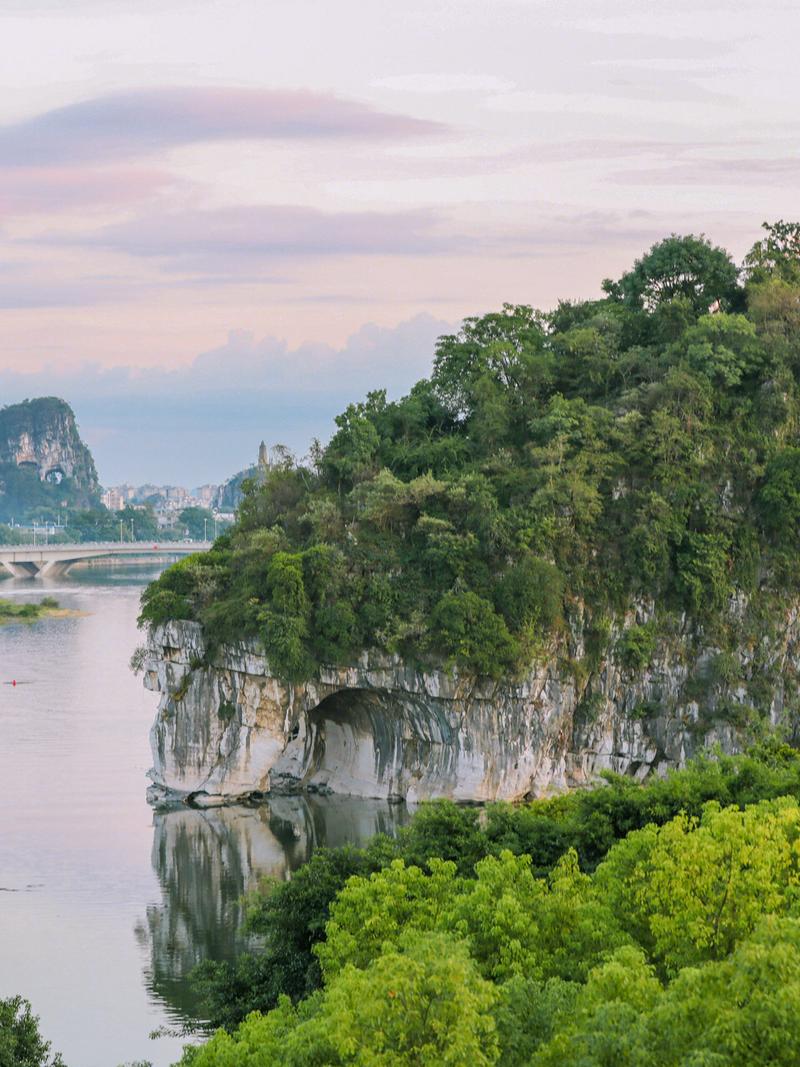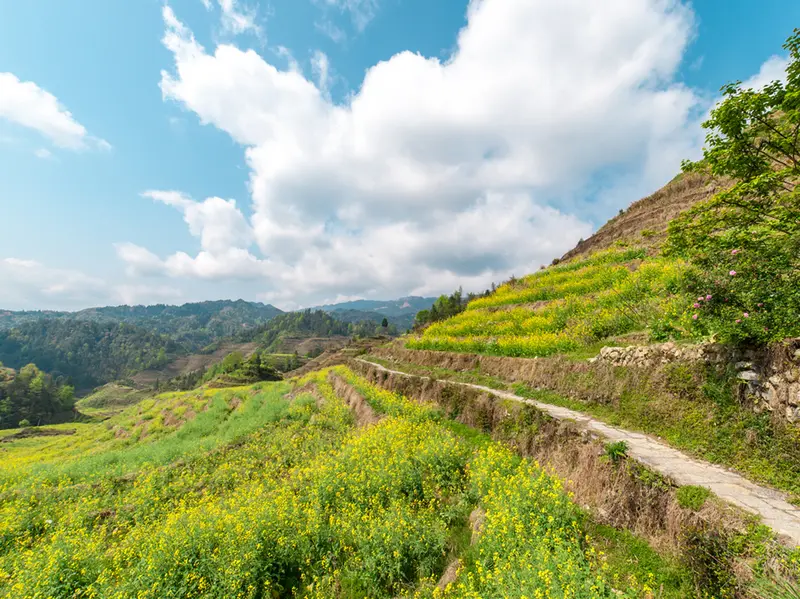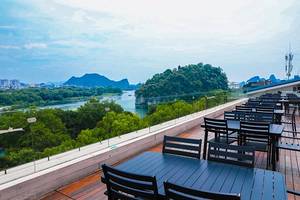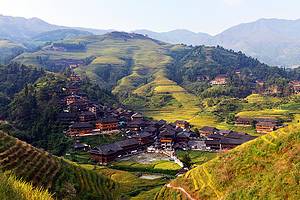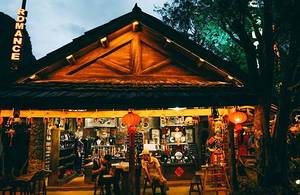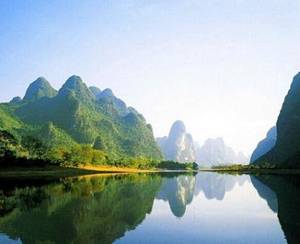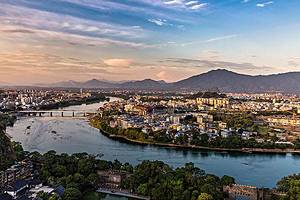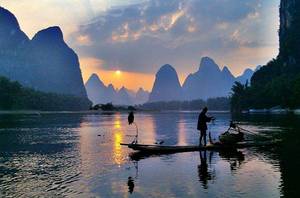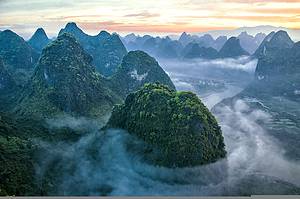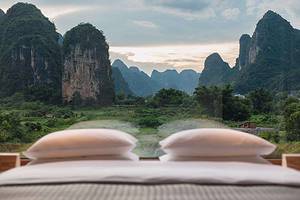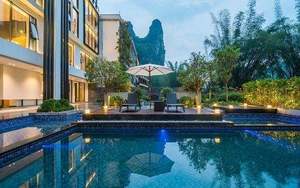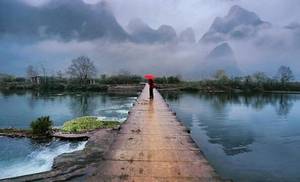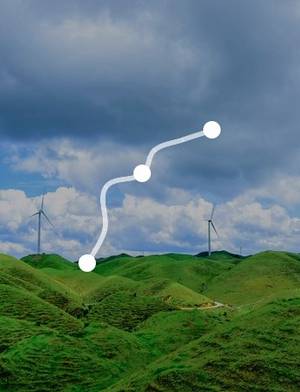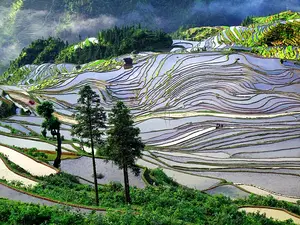Guilin four-day deep self-drive route
2 cities |
7 attraction(s) |
total distance 418
km
 TIPS
TIPS
Day1
Day2
Day3
Day4
Day1: Guilin
3 attraction(s) ·
5 km
1
Dongxi Alley is adjacent to Jingjiang Palace and is a comprehensive commercial district that combines tourism, folk customs, culture, shopping, dining, leisure, and entertainment. Dongxi Alley is the only historical street left over from the Ming and Qing dynasties in Guilin, with a pleasant spatial scale. It is an observation area for the ancient historical style of Guilin and includes Zhengyang Street East Alley, Jiangnan Lane, Lanjing Lane, and other traditional streets in Guilin.
2
km
Day2: Guilin
1 attraction(s) ·
0 km
Day3: Guilin > Nanning
2 attraction(s) ·
414 km
1
Xianggong Mountain is located on the west bank of Li River in Xingping Town, Yangshuo, between Huangbu Beach and Jiuma Painted Mountain, about 28 kilometers away from Yangshuo. Standing on Xianggong Mountain and looking into the distance, you can see orderly arranged peaks and the clear Li River winding through the embrace of the mountains. The lights and shadows, sea of clouds, sunrise, and colorful clouds here have attracted numerous photographers and photography enthusiasts. Works taken by Guilin photographers here have won the Bronze Award at the 10th International Film Festival.
414
km
Day4: Guilin
1 attraction(s) ·
0 km
1
Karst landforms are traversed by caves, with stalactites resembling galaxies, sparkling with a silver-like brilliance, hence the name "Silver Cave".

